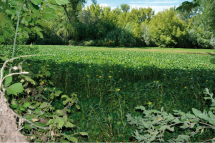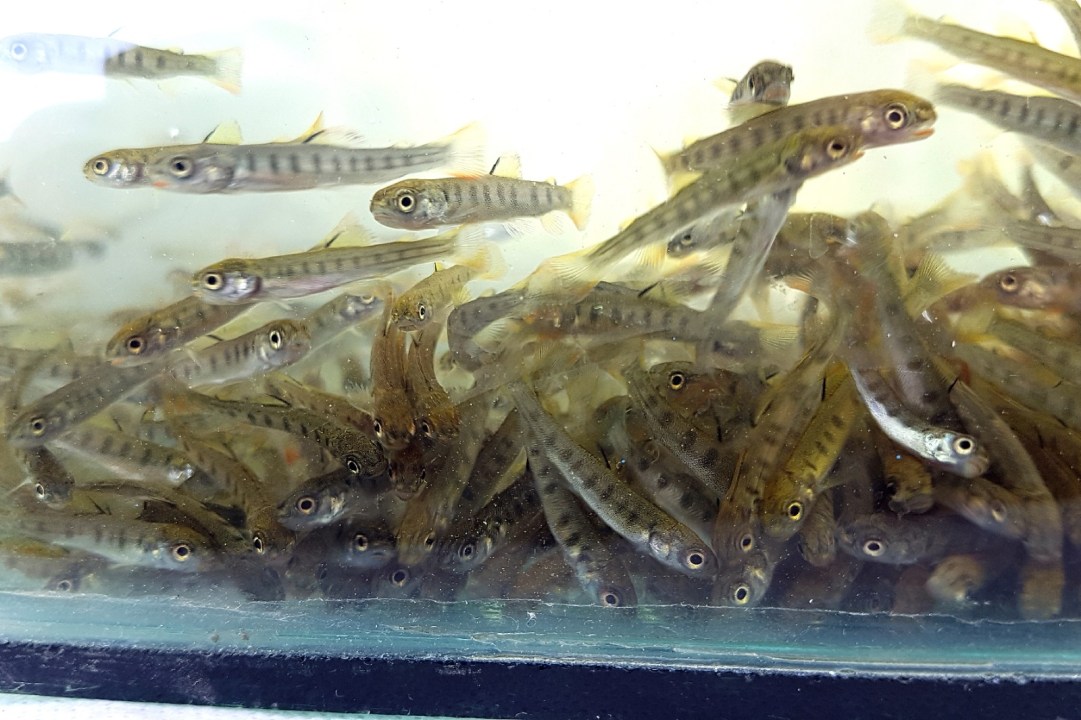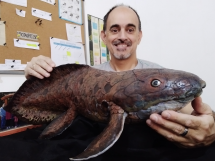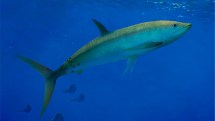The Negro River has a total of 16 different species of fish, between native and introduced, along its 635 kilometers of extension. Since the last quarter of the 20th century, the excessive growth of carp fish populations above the rest, set off alarms within state agencies and the scientific community.

It is an exotic species and native to Asia. It is considered a great predator due to its voracious appetite and its negative impact on the biological chain of ecosystems. In other words, it jeopardizes local biodiversity.
Now, state agencies and universities embark on the task of increasing native fish populations in the basin through aquaculture stations. It will also begin to develop the production of balanced food. The product to be obtained aims to improve the production of silverside and trout in a sustainable manner.
From the Directorate of Aquaculture of the Province of Río Negro, dependent on the Ministry of Production and Agroindustry, they have been working on the spawning, fertilization and stocking of rainbow trout and perch fish for more than 15 years, both with a tradition of more than 100 years in the Patagonian watercourses.
Although recently, efforts have also been made to increase the schools of Patagonian silverside, an autochthonous species from the south of the country. “From the Fish Farm we intend to maintain the population of the river with trout species, in order to counteract the effect of carp as an invasive species. If there had been no planting throughout these years we would practically have no other species in the river other than carp,” he commented to BLACK RIVER Julio Deflorian, Coordinator of Commercial Inland Fishing for the Province of Río Negro and one of the pioneers of the Villa Regina Fish Farming Station.

The objective of the project is to promote the repopulation of autochthonous and/or naturalized specimens. “In Regina, a fish farming station was built to incubate the first spawning that comes from the Ñireco de Bariloche river. Rainbow trout eggs and brown trout are hatched here,” he commented to BLACK RIVER Juan Martín Llorens, businessman and current director of Aquaculture in the Province of Río Negro.
Fertilization to be successful is done in large tanks. Once the optimal stage is reached, planting is carried out on the river. The chosen place is the Alto Valle region, in the extreme north of the province, due to the water temperature that is favorable for the correct development of the fry. Four release campaigns are carried out annually, in which the community and schools are called, because the purpose of the project is educational.
Initially, the success of this practice was measured through the word of mouth of the fishermen, during the season enabled for the sport. Although recently they began to carry out particular studies of the stage of the populations.
In fact, In recent days, a monitoring agreement was signed with the National University of Comahue to carry out controls. The Department of Aquaculture of the Centro Regional Universitario de Bariloche will undertake a series of analyzes to get to know the species of interest in depth and help determine fishing actions.
“The University of Comahue is a leading institution that will allow us to know the state of health, the ideal place to plant and the results of the releases,” said Llorens.

Foods
Researchers from the National University of Río Negro (UNRN) and the National University of Comahue (UNComa) recently agreed to a financing line of 15 million pesos from the Federal Council of Science and Technology. They will start an investigation to develop balanced food for aquaculture fish with local products.
The central idea is to produce food for Patagonian silverside and trout and that would reduce imports. “You cannot depend on inputs from outside, so there is a lot of interest from the Government in developing this type of project,” he commented to BLACK RIVER Patricio Solimano, research coordinator and director of the Environmental Sciences program at UNRN.
Local fishmeal producers from San Antonio Oeste will benefit; those of vegetable meals of high protein value and egg meal and of industrial waste.

Impact of aliens
The scientist from the National University of Río Negro, Patricio Solimano, warned that the main threat of the Río Negro is exotic species. Although it is difficult to determine which are the introduced species and which are native due to the lack of research in the past.
The researcher used velvet catfish as an example, which is considered a bioindicator. According to preliminary reports, this native fish is threatened and is already difficult to find in the Negro River. The data comes from a first comprehensive survey of the environmental status of the basin that was carried out in 2019.

To comment on this note you must have your digital access.
Subscribe to add your opinion!
Subscribe
